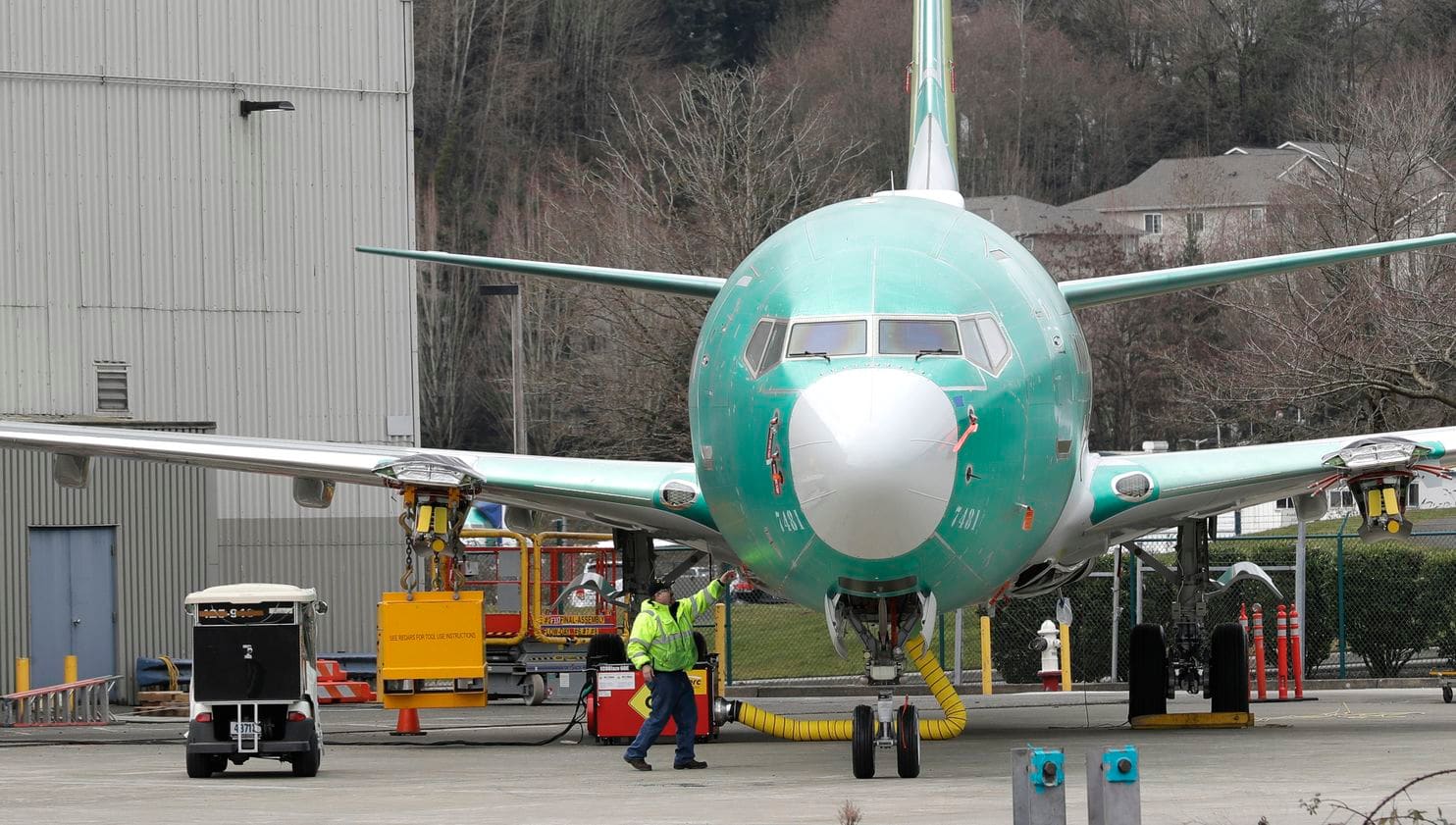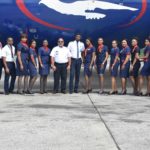
Boeing stood by predictions Wednesday that the troubled 737 Max jetliner will return to the skies by the end of the year.
CEO Dennis Muilenburg noted, however, that it isn’t Boeing’s decision: Federal and global aviation authorities will determine whether they approve of software changes that will recertify the 737 Max.
In saying the 737 Max’s return is the company’s top priority, Muilenburg said the crashes that led to the jet’s grounding “continue to weigh heavily on us” and “affect us all personally.” He added, “nothing more important than the safety of the lives and crews who fly on our airplanes.”
Though he said safety won’t be rushed, the timing of 737 Max’s return is crucial. Muilenburg’s prediction could help tamp down speculation that 2020 is the more likely date for the jet.
The 737 Max affected Boeing’s second-quarter results. The aerospace giant swung to a loss after taking a $5.6-billion charge related to the jetliner. The effects of the plane’s grounding will be long term, pushing back what had been the expected aircraft delivery dates to airlines, Muilenburg said.
From the production of 42 737 Max jets a month this year, Muilenburg said he hopes to increase it to 57 a month next year.
Testing is underway and the final software package is yet to be submitted to the FAA, Boeing said. The FAA and foreign aviation authorities are also yet to announce the process for certifying the new software and the process for training flight crews about it, the steps that could lead to the lifting of the grounding order surrounding the plane.
As a result of its charge, Boeing reported a loss of $2.9 billion, or $5.21 a share, in the quarter, compared with a $2.2 billion profit a year earlier.
The 737 Max was grounded in March after an Ethiopian Airlines 737 Max crashed after takeoff from Addis Ababa. The crash followed another by Lion Air, when a 737 Max plunged into the Java Sea last October. Combined, 346 passengers and crew were killed between the two flights.
The grounding was prompted by the finding of similarities between the causes of the two crashes.
In both, pilots appeared to have wrestled with trying to overcome a computer program meant to keep the plane from bucking upward called the Maneuvering Characteristics Augmentation System, or MCAS. It had been installed to compensate for new engines that are larger and mounted farther forward on the wings.
Every time the pilots on the doomed flights tried to push up the plane’s nose, MCAS would point them closer to the ground. MCAS adjusts the plane’s up or down movement based on readings from a pair of vanes mounted near the cockpit, the angle-of-attack sensors.
In proposing a software fix of the system to the Federal Aviation Agency, Boeing said it is changing MCAS so that the system will require agreement of two angle-of-attack sensors, not just one like the past, before it moves the plane’s nose. That way, if one of the sensors malfunctions because of a bird strike or other reason, pilots can intervene.
Along those lines, Boeing is also making it easier for the pilots to disengage MCAS and hand fly the plane.
In addition, the FAA has ordered additional software changes as it reviews Boeing’s proposed fixes.
Though it did not specify the exact issue with the plane, the FAA it asked for the new changes because “addressing this condition will reduce pilot workload by accounting for the potential source of uncommanded stabilizer motion,” the aircraft maker said in the statement. The stabilizer allows for upward or downward movement of the plane.
USA TODAY






